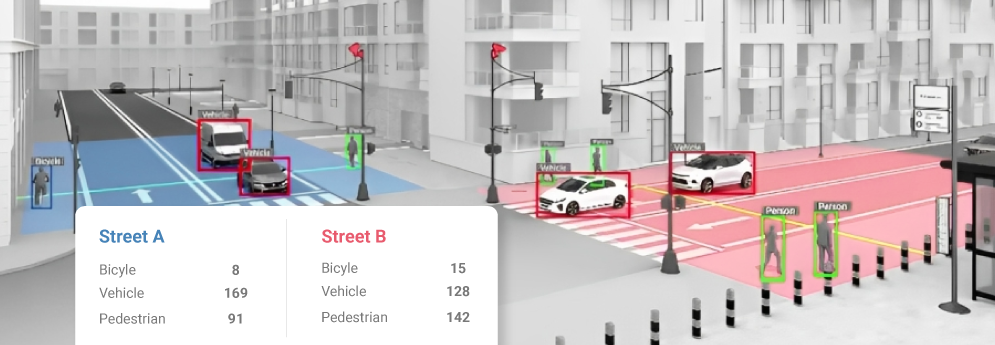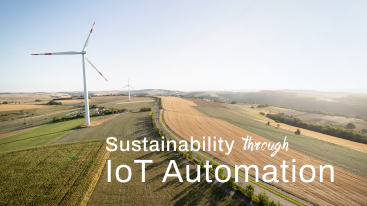
People counting can have several uses in the context of city road traffic planning, including:
Traffic Flow Analysis: People counting can be used to understand the number of vehicles and pedestrians in different areas of the city at different times of the day. This information can be used to analyse traffic flow patterns and identify areas where congestion is likely to occur.
Planning for Road Maintenance: People counting can be used to track the number of vehicles on different roads, which can help city officials plan for road maintenance and repair. By analysing traffic data, city officials can identify which roads are most heavily used and in need of repair.
Public Transportation Planning: People counting can be used to understand the number of people using public transportation at different times of the day. This information can be used to optimise public transportation routes and schedules, ensuring that public transportation is meeting the needs of residents and visitors.
Traffic Safety: People counting can be used to understand the number of pedestrians and cyclists on different roads, which can help city officials identify areas where traffic safety improvements are needed. By analysing data from people counters, city officials can determine where to install crosswalks, traffic signals, and other safety features.
Overall, people counting can provide city officials with valuable data that can help them plan for road maintenance, optimise public transportation, improve traffic safety, and better manage traffic flow. By using data to make informed decisions, city officials can create more efficient, safe, and sustainable transportation systems, benefiting both residents and visitors.



